Here's what you need to know about property releases and panoramic freedom.
A property release is a written agreement between the photographer and the owner of the property being photographed. This release is required for images that feature private property, including homes, villas, and private estates.
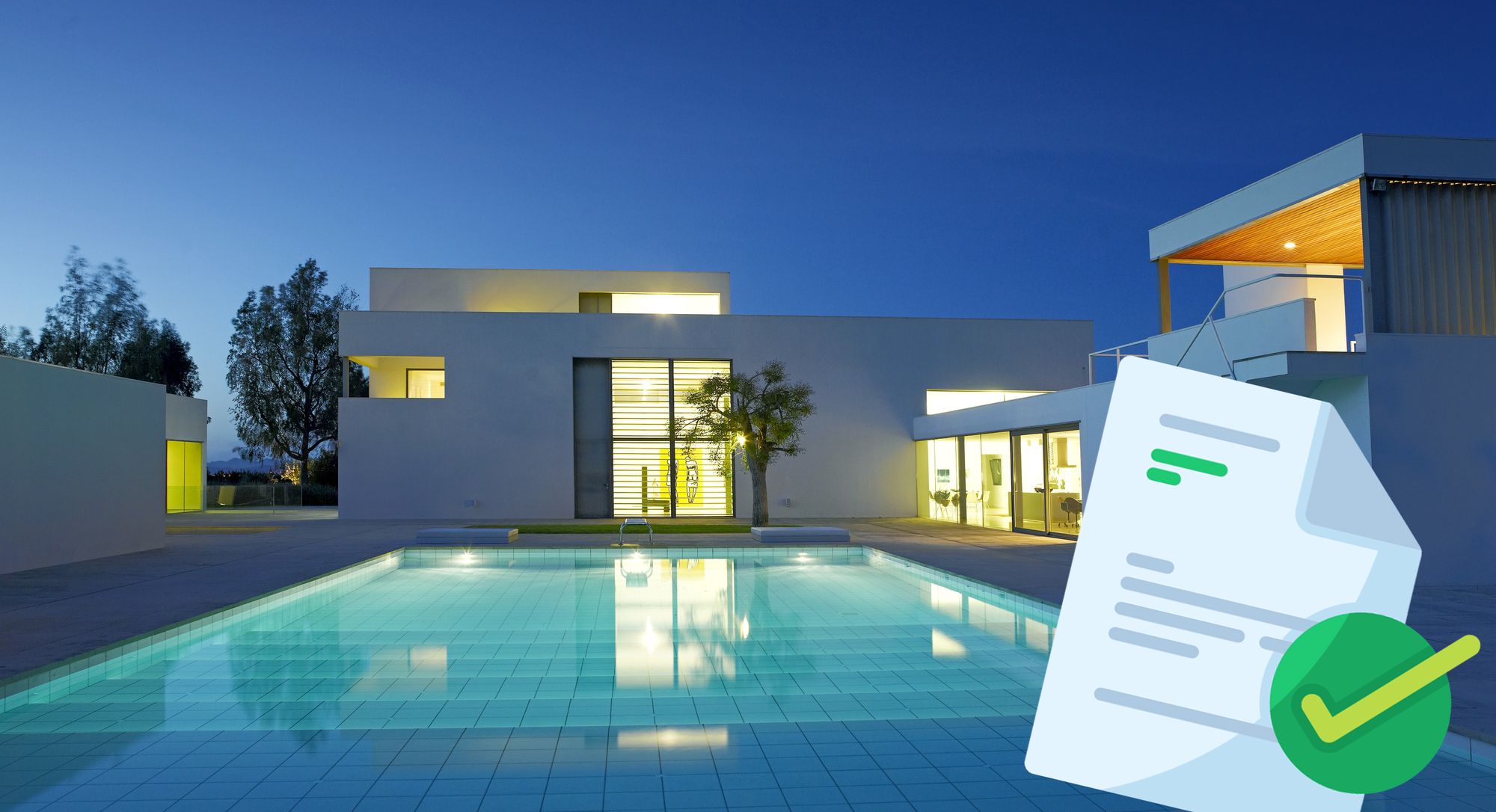
Licensing photography from image archives has become an essential tool for creatives, designers, marketers, and content creators worldwide. Stock photos can be purchased and used for a wide range of commercial purposes. From small tactical marketing actions to huge international brand campaigns but also for internal corporate usages backplates and HDRi become an efficient asset for daily business.
However, it is important to understand third-party rights when using photos from photography- or stock agencies. In this article, we will discuss property releases, panoramic freedom, and commercial usage of images.
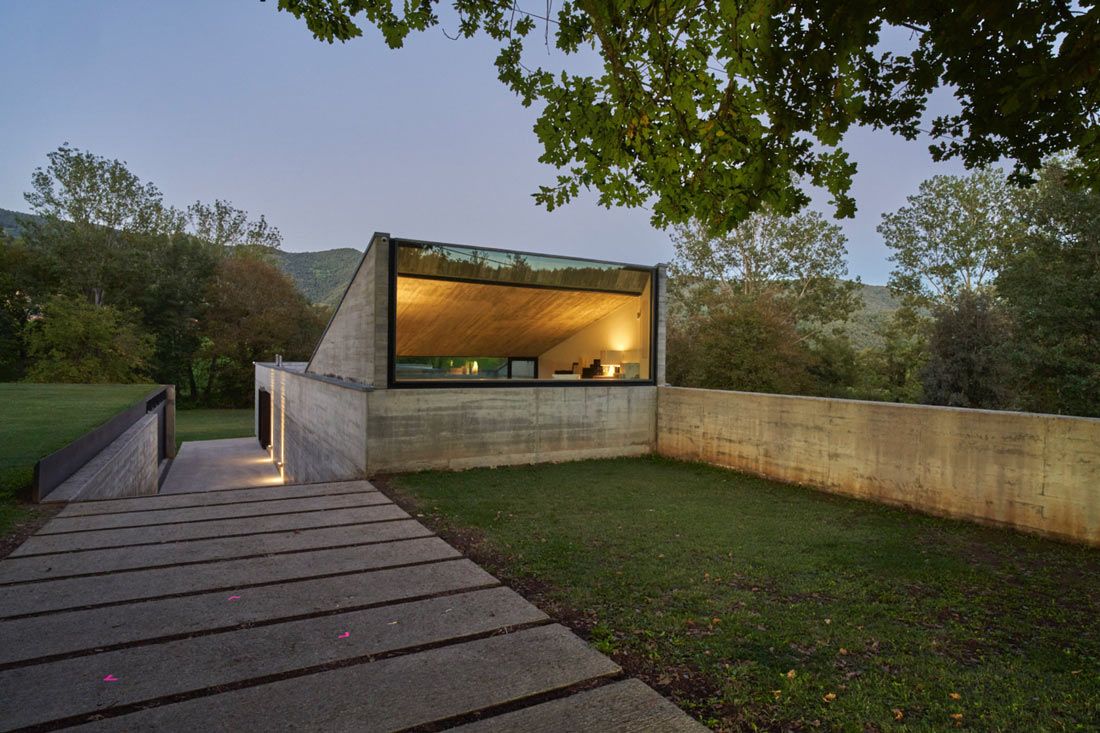
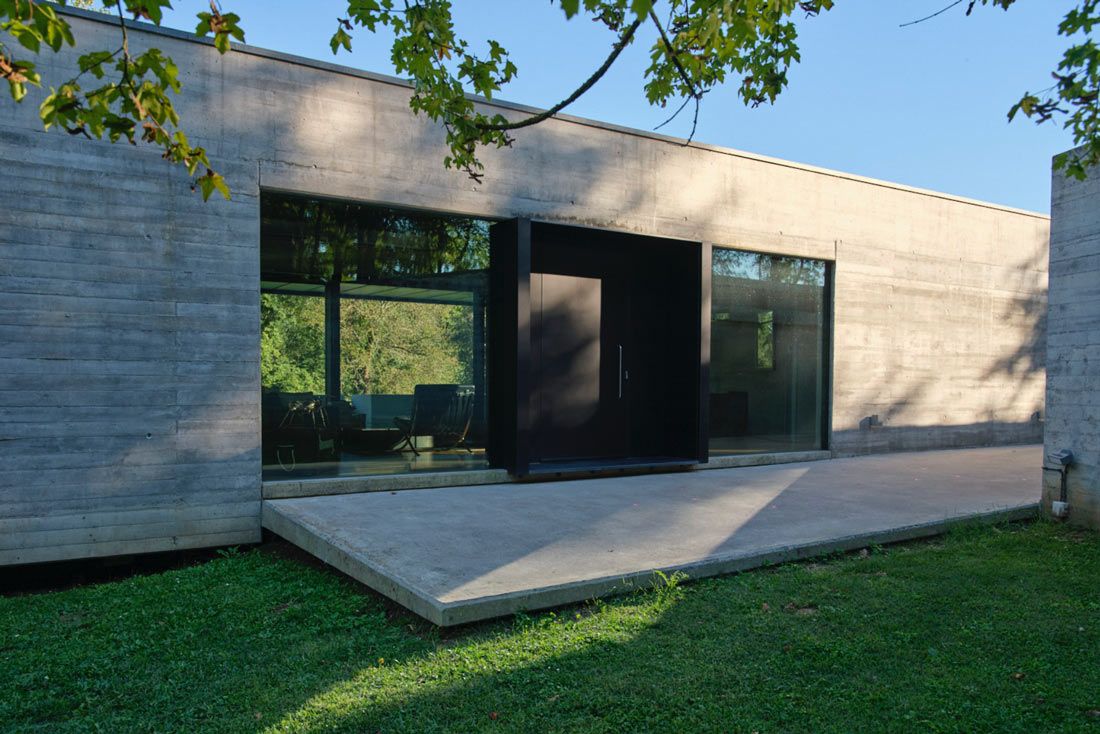
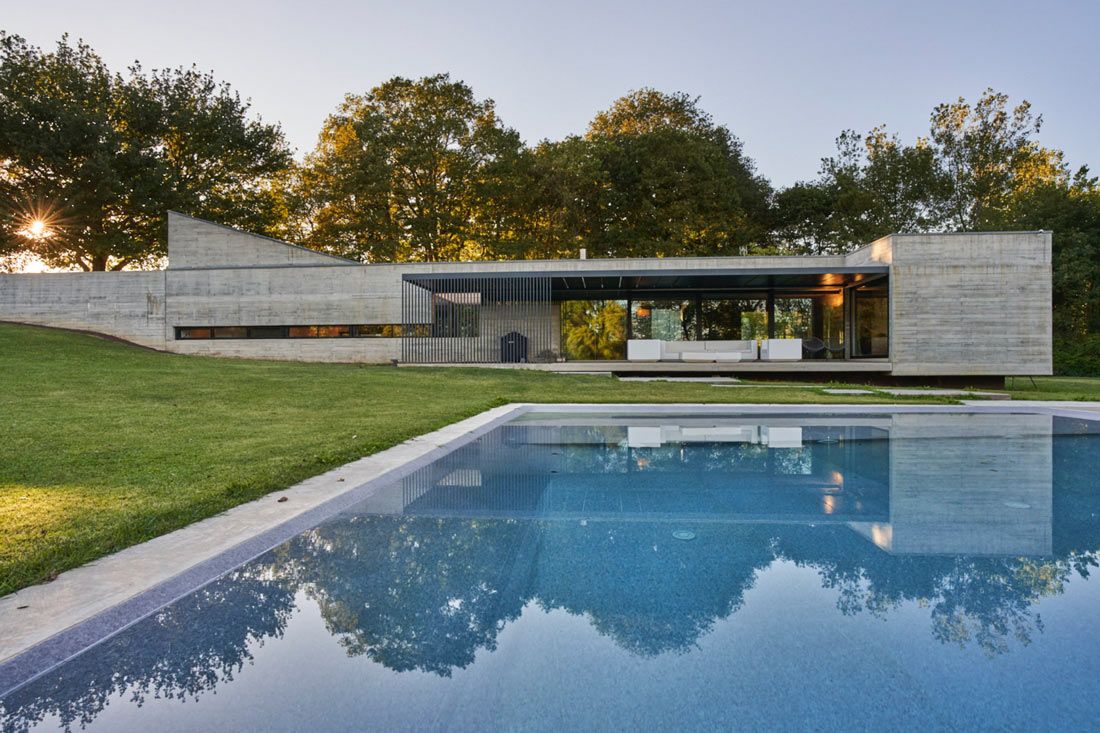
Property Release: Property release is a written agreement between the photographer and the owner of the property being photographed. Property releases are required for images that feature private property, including homes, villas, and private estates. A property release grants the photographer and the buyer the legal right to use the image for commercial purposes.
It is important to note that a property release may not always be required. If the property being photographed is considered public property, such as a park or government building, a property release may not be necessary.


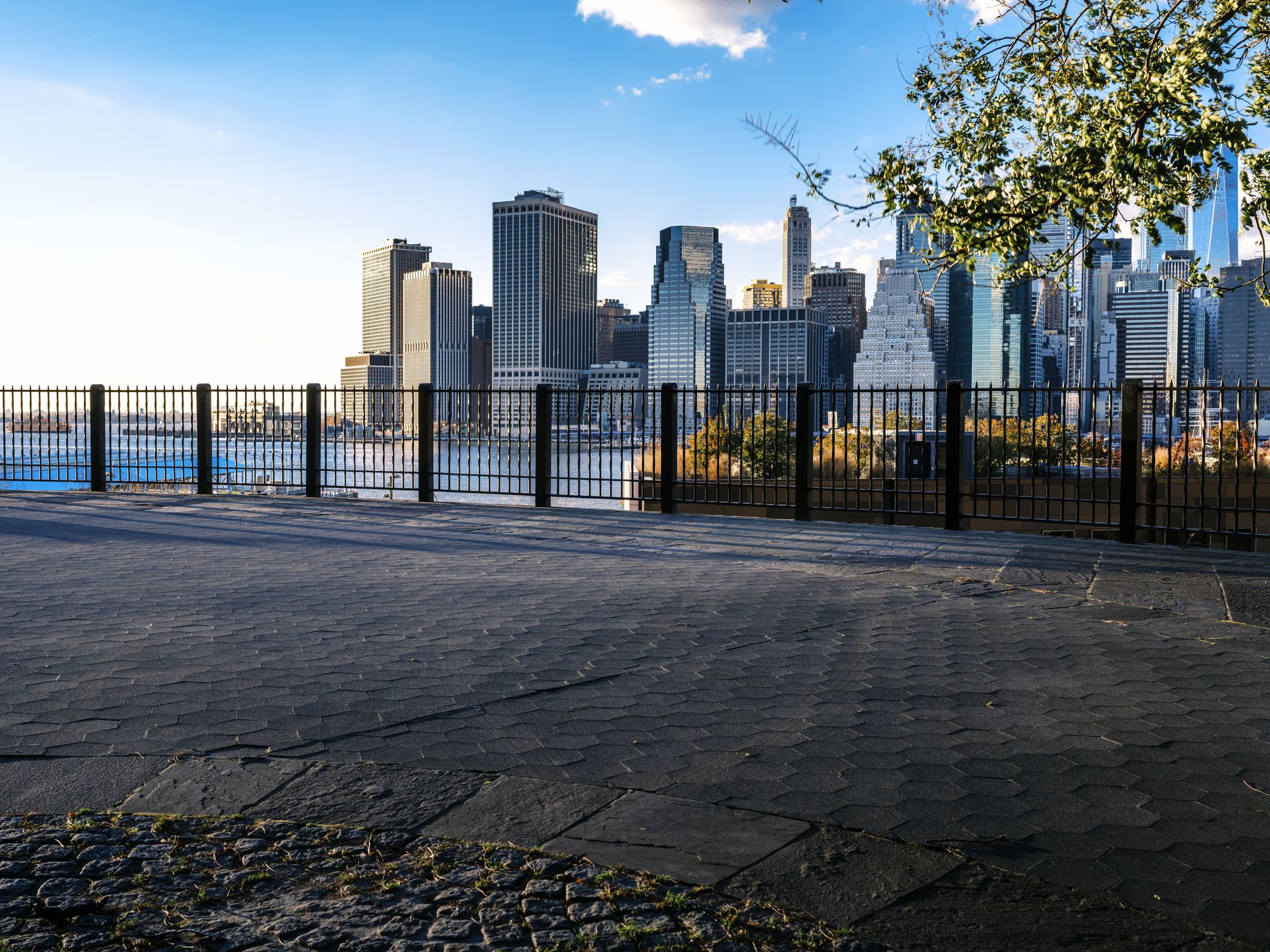
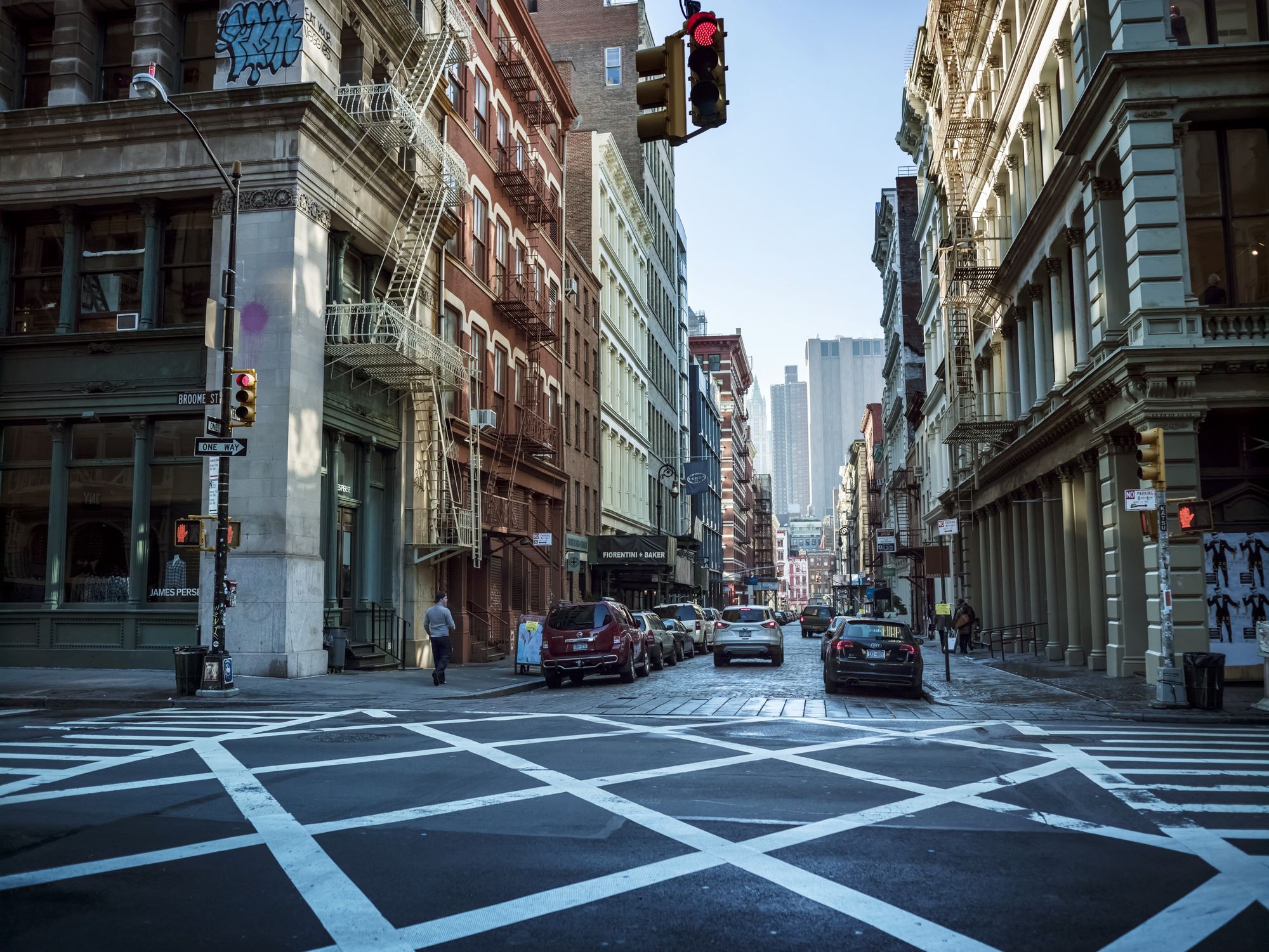
Another factor to consider is the concept of "freedom of panorama," which refers to the right to take and use photographs of buildings, sculptures, and other works of art that are located in public places without needing permission from the copyright owner. However, the specifics of this right can vary widely from country to country. In some countries, such as the United States and Canada, there is full panoramic freedom, meaning that you can take photographs of any public space without worrying about violating copyright laws. In other countries, such as France and Italy, there are limitations on the use of photographs that feature copyrighted works of art, sculptures, fountains, and special buildings.
The most popular example is in France, there is a law that restricts the commercial use of photographs that feature the Eiffel Tower at night, as the lighting is considered a work of art and is protected by copyright.
To have a good overview of which countries have which laws, we are providing this link from Wikipedia that displays it very well by region: https://en.wikipedia.org/wiki/Freedom_of_panorama
Here is a simple color code for the panoramic freedom regulations explaining the colors on the map:


In conclusion, property release regulations and freedom of panorama laws for landscape photography can vary widely from country to country. It's important to do your research and understand the specific regulations in your area to ensure that you are following the law and respecting others' rights.
If you are a photographer always use your best judgment and be respectful of others' property and privacy when taking photographs in public places.
